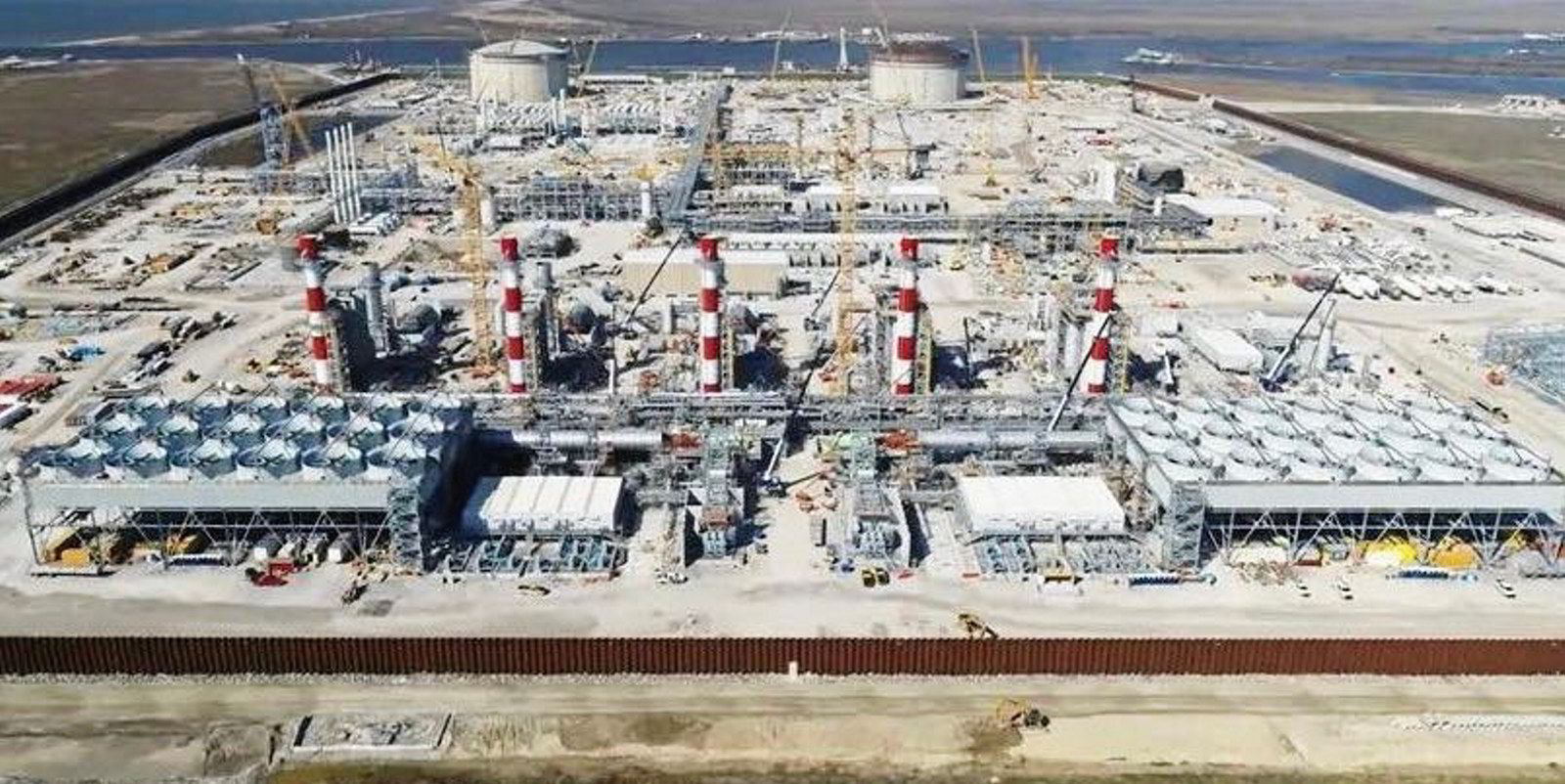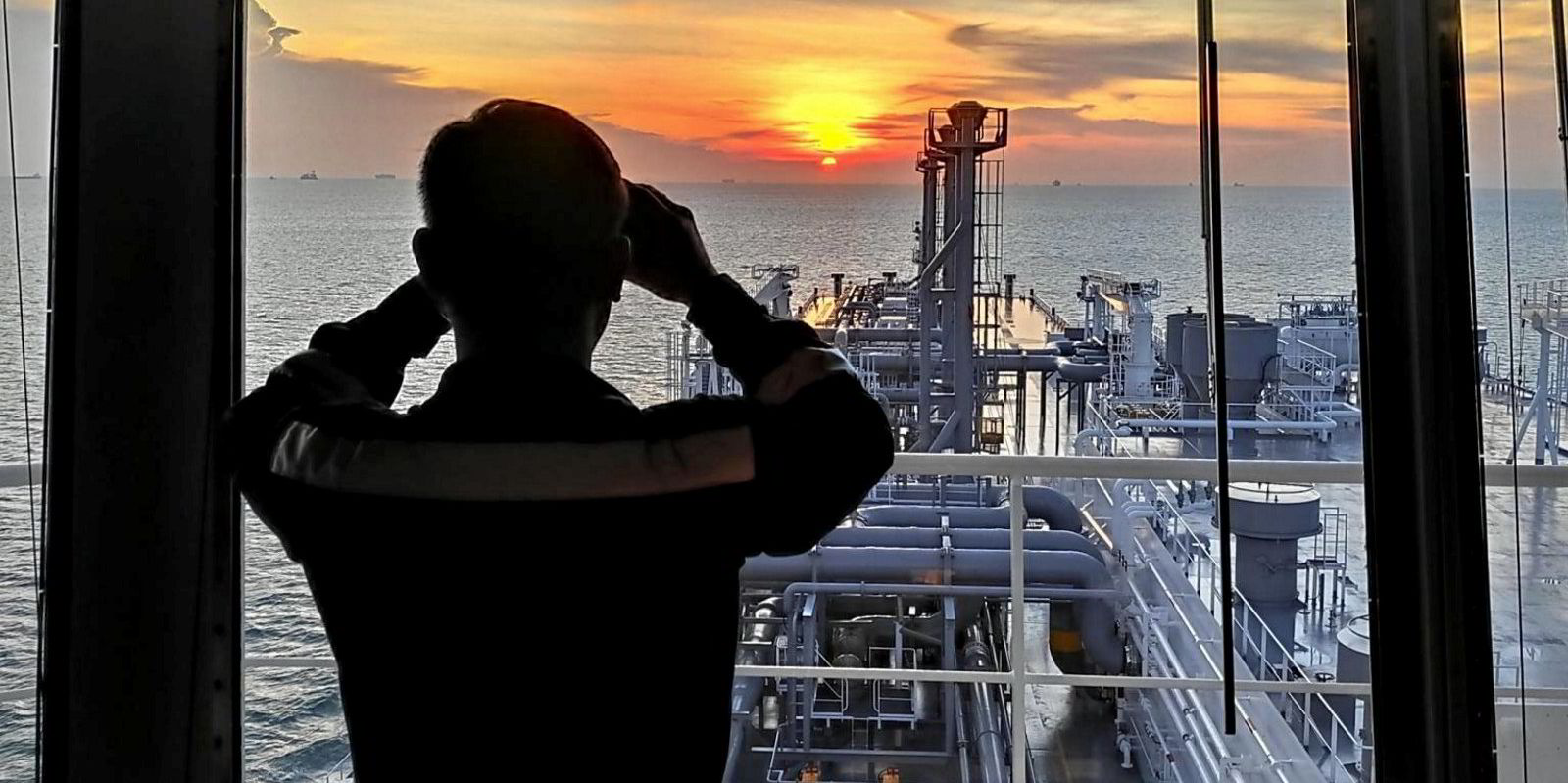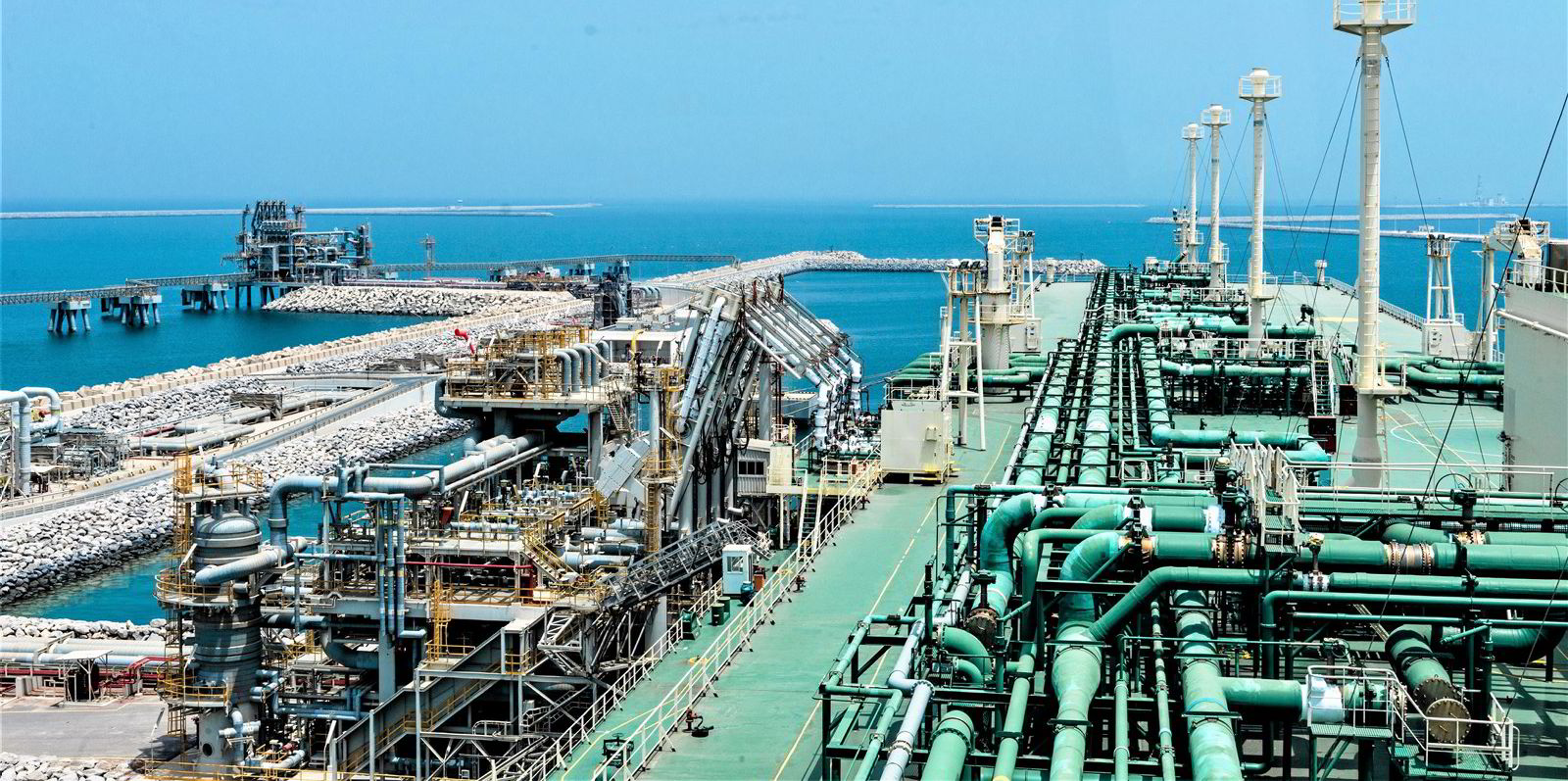New US LNG projects are seeing an uptick in activity as Asian demand builds but only a few are expected to make it over the line, shipbroker and consultant Poten & Partners said.
Speaking in a webinar, Poten head of Middle East and South Asia Wong Kit Ling described a “flurry of activity” but said each project is facing specific challenges.
She described how developers Tellurian and NextDecade are scaling back their projects in an effort to get them sanctioned.
In contrast Venture Global is due to start-up its Calcasieu Pass project by the end of this year. She said the small Woodfibre LNG project is expected to take a final investment decision (FID) shortly.
Momentum
Wong said there is momentum for FIDs but only a few are expected to make it to the finishing line.
She highlighted the energy transition which is pushing countries and buyers to reach net zero carbon emissions by 2050 and is making some question whether they need to sign 20-year LNG supply deals.
Wong said Poten expects demand growth in the period to 2030 to come from China and southeast Asia while that from traditional buyers will remain “fairly flat”.
Any increase in US to Asia shipments will likely up the tonne-mile equation for LNG shipping.
Poten sees a concentration in supply among what it calls “the big five” producers comprising Qatar, the US, Australia, Russia and Mozambique.
Qatar's big bet
She said that by the end of this decade Qatar’s LNG production capacity could be four times that of the US in 2020.
Wong said Qatar’s decision to go ahead with its planned 32 million tonnes per annum (mtpa), four-train expansion in its LNG production will have a big impact on the market.
She said it is “by far the largest bet on the future of LNG” without the security of being backed by long-term contracts to secure project finance.
By 2027 Qatar will have over 75 mtpa of uncontracted LNG to sell, accounting for over 70% of its LNG portfolio.
Qatar is in the process of marketing its LNG and offering equity stakes to IOCs and Asian buyers.
But Poten sees there is space for new projects in addition to Qatar but these will need to be very competitive with US developers taking a long lead on cutting costs.
Wong said Qatar is likely to dominate contracting activity on LNG sales and pointed out that Qatar Petroleum Trading was set up last year to start trading and hedging activity.
Asian buying rush
She said that while Qatar’s expansion will bring more LNG supply onstream from 2025, the market is seeing something of a rush from Asian buyers to close out long-term deals as they are aware that supply will tighten over the next three years.
Some portfolio players are also feeling they are short after delays to projects like Mozambique LNG and LNG Canada.
She said the market has recently seen a slew of long-term LNG supply deals concluded — three of which were announced on 7 July — after negotiations of a year or more.
Wong said long-term prices are trending higher, with contract durations typically at 10 to 12 years and cargo deliveries on an ex-ship basis. There is also increased demand for carbon neutral cargoes.
But she said sellers are unlikely to accept mid-term deals for post-2023 which is when supply is expected to tighten.








